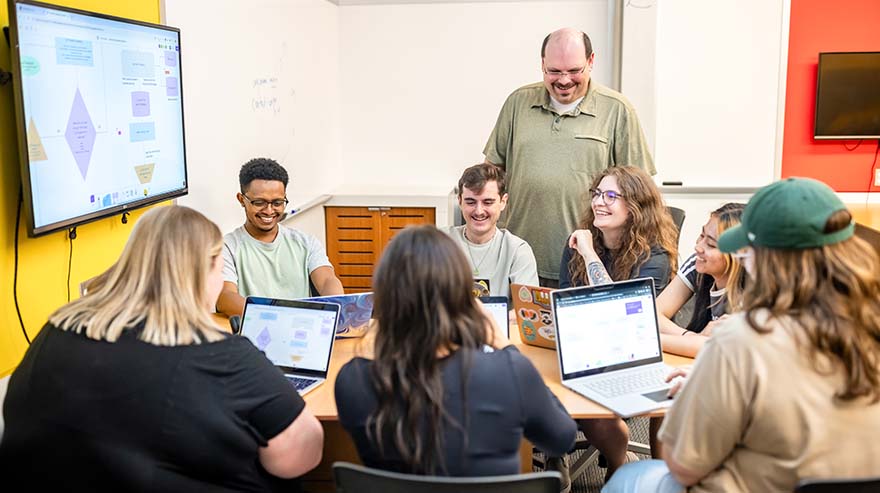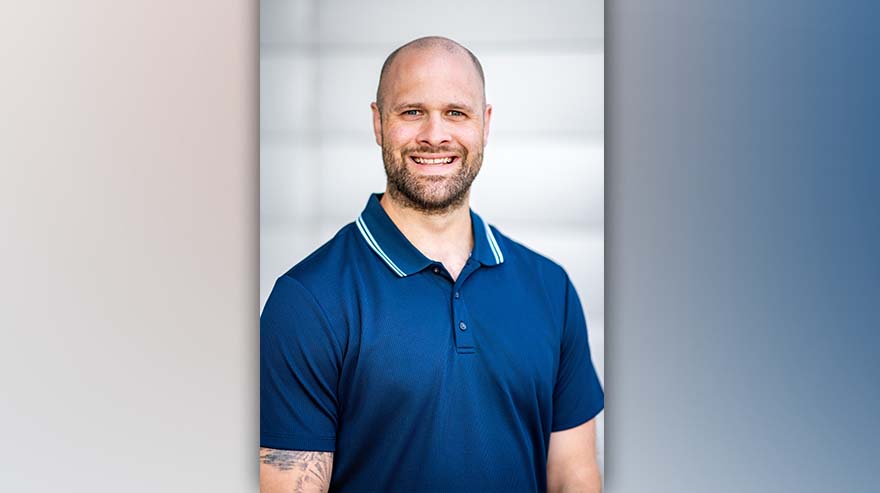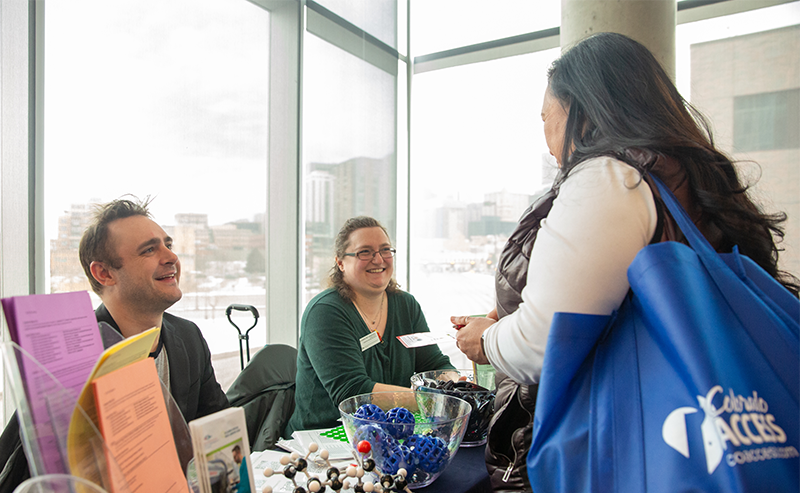Behind every successful classroom experience is an educator striving to do more — for their students, their craft and their community. At Metropolitan State University of Denver, the Center for Teaching, Learning and Design has become a trusted partner on that journey, helping faculty members elevate their teaching while adapting to new technologies, student needs and educational demands.
Whether it’s blending instructional modalities to boost engagement, navigating the implications of artificial intelligence or designing more accessible and flexible courses, the CTLD is equipping educators with the tools, confidence and community they need to thrive. Since 2020, the team has collaborated on 286 course-design and special projects, facilitated over 5,000 drop-in teaching support sessions, created over 350 tutorials and partnered with 100 faculty members to advance accessibility in the classroom.
The CTLD’s Ready website, its digital hub for on-demand resources, has seen over 200,000 page views. Over 130 faculty have received a nationally recognized certificate in college teaching. And the CTLD’s signature faculty-development programs, Roadrunner Faculty Academy and Roadrunner Instructor Training, have directly impacted 178 faculty members.
Real stories. Real impact.
To explore how these services translate into everyday teaching, University Communications and Marketing spoke with MSU Denver faculty members across disciplines. Hear their stories below and sign up for the new opt-in CTLD newsletter, Connections With CTLD, to stay updated on these and other opportunities.
Alycia Palmer, senior lecturer, Chemistry and Biochemistry
Creating confidence in Chemistry through hybrid labs and video storytelling
“I’ve partnered with the CTLD in almost every way available,” said Alycia Palmer. “One of the most impactful collaborations was during a course-design cycle, where we reimagined Chemistry labs using a hybrid in-person model.”
Traditionally reserved for in-person instruction, Palmer’s lab courses feature online prep work, allowing students to come to class already familiar with the tools and processes.
“Now, students arrive confident and prepared, ready to dive right into the experiment,” she said. “Chemistry labs can be intimidating, and this redesign has not only deepened the learning experience but also helped ease students’ nerves.”
The shift has also created crucial flexibility for MSU Denver’s commuter student population.
“Our students are commuters, some traveling over an hour each way,” Palmer said. “Life happens — health issues, transportation challenges — and being able to complete components on their own time with proper guidance can make the difference between dropping the course or staying in it. Flexibility helps them find a different path forward while still maintaining a high standard.”
This semester, Palmer took on a new project: integrating student-success videos into coursework. The CTLD facilitated video production featuring two MSU Denver Chemistry grad students sharing their challenges and triumphs, providing relatable role models for current students.
“Hearing their stories was so powerful,” Palmer said. “These videos show students what’s possible and that they belong here.”
Dan Moore, assistant professor, Secondary Education
Blending instructional approaches to improve learning outcomes
Dan Moore came to the CTLD with healthy skepticism.
“As an expert in curriculum and instruction, I had strong opinions about the effectiveness of online-only modalities,” Moore said. “But I sensed my resistance and realized I needed to approach the topic with more curiosity.”
With the CTLD’s help, Moore explored the redesign of Foundations of Education, a theoretical, 3000-level course, into an asynchronous format and saw immediate results.
“Student work has become richer, more conceptual,” he said. “Their pace of mastery has improved.”
Moore’s hunch for why this approach is making a difference is that it’s at least in part due to elevated psychological safety.
“Hybrid learning (just like hybrid work) provides a form of emotional safety and cognitive comfort that isn’t implicit in in-person settings,” he said. “It alleviates some of the noise that can hold students back.”
Tara Hammar, associate professor, Human Services and Counseling
Building faculty community and adapting to AI in the classroom
“I’ve come to rely on the CTLD,” said Tara Hammar. “What started as support for online teaching evolved into a place of community and innovation.”
As a CTLD Peer Associate, Hammar serves as a liaison to her department, helping faculty members discover and apply CTLD resources. She also participates in Faculty Learning Communities — small interdisciplinary groups focused on collaborative exploration and growth.
“It’s energizing and affirming to know that despite our different disciplines, we share common challenges,” Hammar said. “The CTLD provides a space to explore both the art and science of teaching.”
Recently, Hammar collaborated with the CTLD to redesign coursework in response to the rise of AI tools such as ChatGPT.
“Traditional prompts like textbook summaries just don’t work anymore — students often use AI to complete them,” she said. “With the CTLD’s support, I reframed assignments to include personal or real-world examples that require critical thinking.”
Hammar encourages colleagues to step outside their silos and invest in their development as educators.
“It’s important to take time away from our specific subject matter and focus on teaching itself,” she said. “The CTLD is an incredible partner in that journey.”
Stay in the loop: Connections With CTLD
How can you learn about these great opportunities? The CTLD now offers an opt-in newsletter, Connections With CTLD, covering teaching and learning strategies, instructional design, accessibility and more. Sign up to receive new issues straight to your inbox; the newsletter is sent only to those who subscribe.








